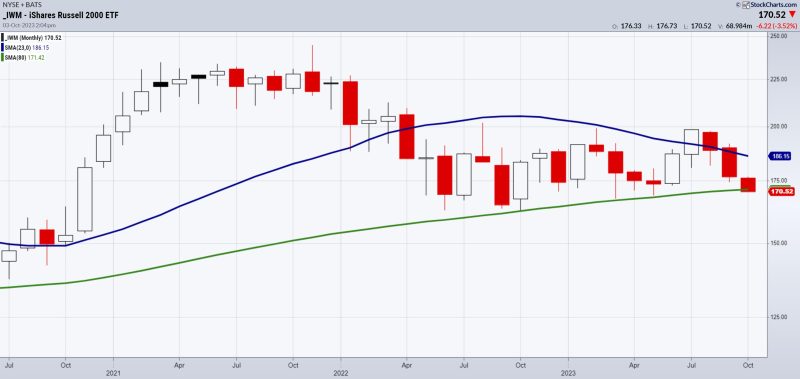The market and business cycles in the economy are cyclical, yet they are often unpredictable. Usually it takes approximately 6-7 years for a complete rotation of the cycle, with each phase presenting different opportunities and challenges. As such, it is important to understand the market and business cycles in order to be better prepared for the future.
The first phase of the cycle is “expansion”. This is when businesses are expanding and hiring, consumer spending is high, and profits are strong. This is often a great time for entrepreneurs and investors to leverage the positive market conditions and invest in new projects or expand existing ones. However, it is important to be aware of any signs that the cycle may be shifting.
The second phase of the cycle is “decline”. During this phase, the economy experiences a downturn as businesses slow down, layoffs increase, and profits dip. During this phase, entrepreneurs and investors should be cautious and focus on preserving existing capital and managing liquidity. Additionally, this is the time to identify cost-cutting opportunities if necessary.
The third phase of the cycle is “recovery”. During recovery, there is typically an increase in interest rates, stimulating economic growth and corporate investments. This is a great time for businesses to capitalize on the influence of the market. Moreover, this is when investors can take advantage of the market to unlock gains from stocks and bonds.
The fourth phase of the cycle is “new expansion”. This is when the economy begins to experience growth as businesses invest in new projects, create new jobs, and consumer confidence returns. This is an ideal time to start a new business venture or to reinvest in existing ones.
Finally, the fifth phase of the cycle is “stabilization”. This is when economic growth stabilizes and the market gains stability. This is a good time for investors to cash out from above average stock returns, and for entrepreneurs to develop strategies for growth going forward.
The market and business cycles should be monitored closely in order to capitalize on the opportunities that each phase of the cycle affords. It is important to understand the fluctuations and be prepared to take advantage of new opportunities when the right time comes. By understanding the market and business cycles, investors and entrepreneurs can get a better handle on the risks and rewards associated with their investments and business ventures.
